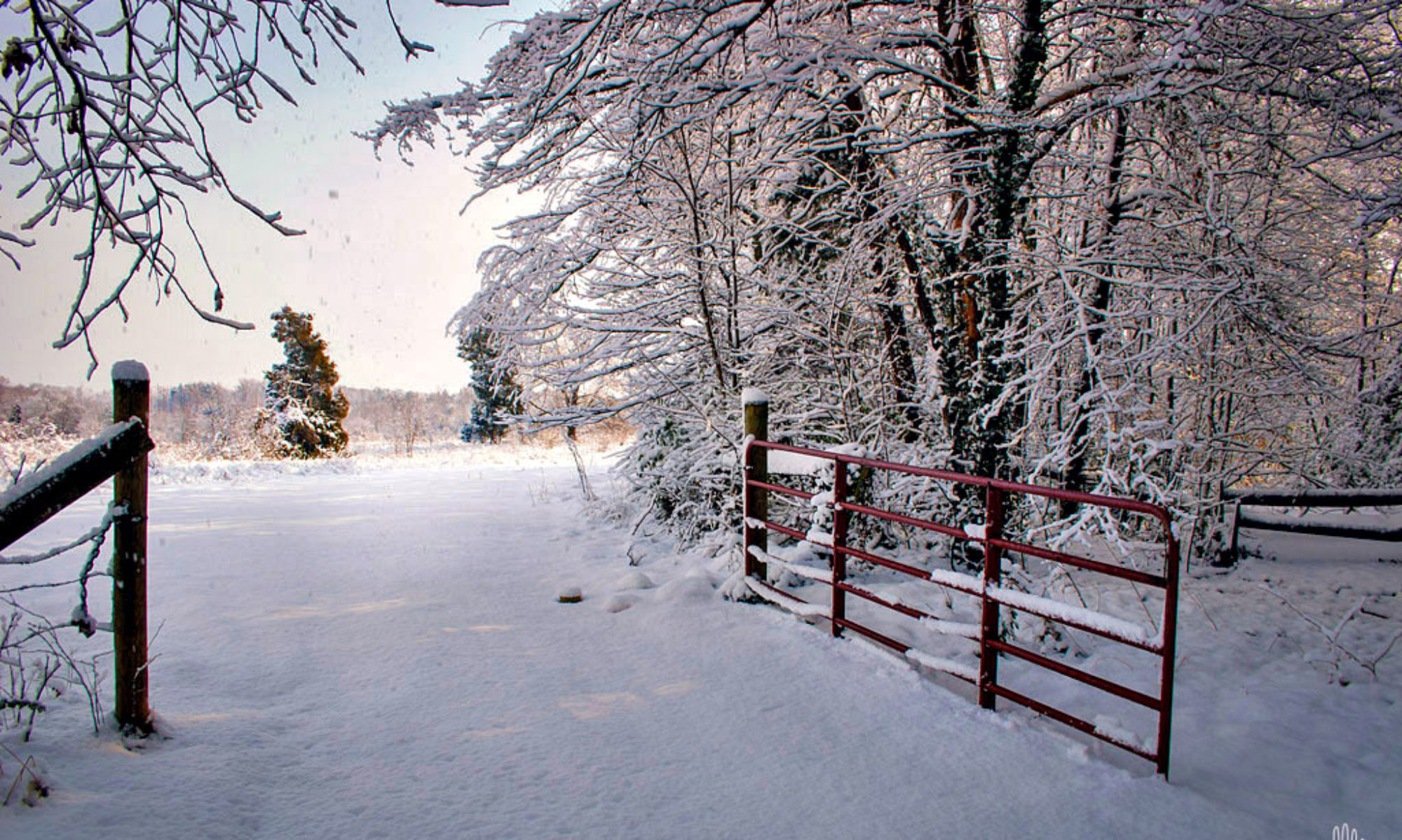Day 2 – The Quest and Departure

Just after daybreak. It’s almost time to shove off and I have to find a hat. It’s technically still Spring, but the sun here is blazing hot, relentless, and I don’t have a good hat. Couldn’t figure out how to pack one in the carryon for the flight. This is my quest, to be completed before breakfast. I have thirty minutes. I will fail.
Stowage on Tidings is super tight. No room for suitcases, just one collapsable duffel. Everything I can bring for the next three weeks has to fit in a ten gallon cooler box. (And a doctor bag of tech gear, on special dispensation from the captain.) I could not figure out how to pack my favorite straw hat. Figured, “It’s Florida, right? Lots of hats down there. You know, for the tourists.”
Well, yes. But no. Ugly hats. Expensive hats. Expensive ugly hats, yes.


Meanwhile, Doug has to find a case for his new phone. The old phone met a damp demise a few days ago. New phone doesn’t fit old case. This is HIS quest, and it will take him nine days. By 8:30, I, at least, have two very expensive and very ugly hats to tide me over until my quest is complete.

It feels good to be moving. We motor out of the marina maze and say goodbye to Daytona.
Weather looks great all week. A good wind off the starboard quarter is forecast for days, and it carries us up the ICW, under bridges, to the top of the big lagoon, which in Florida is what they call a river. This is the Hallifax River on maps, but really it’s a long narrow tidal pool behind the long narrow barrier island sandbar.
And I do mean very long and very narrow. It’s 15 miles to the nearest inlet south of Daytona. From there it’s over 60 miles north to the next unobstructed inlet at St. Augustine. These inlets are treacherous when the tide is running. To go outside in a small boat is to gamble you can get there with good weather for days, nonstop, and hope you have ideal conditions when you arrive. Or be willing to wait offshore for it. So we will stay inside this whole trip.
We sail several miles up to the top of the “river”where the channel narrows to a ditch.

That’s what blue water sailors call the Intracoastal Waterway: “The Ditch”. It’s pejorative, and not inaccurate, just incomplete. A protected waterway was proposed during the wars with Britain, but it wasn’t until German U-boats started sinking ships in the Atlantic that things got serious. Canals were dug to connect natural sounds, creeks, and inlets, to make one continuous navigable waterway from the Florida Keys to Chesapeake Bay. Now it’s mostly used by pleasure craft, with some barges and cruise ships mixed in. To keep it open, it’s periodically dredged to a nominal 9 feet deep minimum; but, as we learn a few times, those are more guidelines than rules to live by.
In Georgia and the Carolinas, the ICW is a beautiful natural waterway that winds in meandering swirls through an unspoiled coast of sea islands and marshes. It’s still mostly wild country, an artifact of colonial history. But here in Florida, parts of the ICW are indeed just a straight narrow ditch for 10 to 20 miles at a stretch. The Florida Coast is almost linear and so are the barrier islands along it. The ICW runs in a narrow band between those beaches and the mainland. The natural long lagoons behind the islands are linked by long even more straight and narrow dredged ditches.

So yeah, in Florida the ICW is like a ditch. A ditch lined with some of the most expensive property in the US. Mile after mile of houses and hotels jammed ass to elbow up against the shore. It goes on and on as we head north. Each waterfront house has a dock. Most have boats hanging from them more costly than my house. But we see almost no people anywhere. It’s weird. House after house after hotel and marina, and almost no one in sight. Just places where people should be, and aren’t. We’re not complaining, we have the water and landscape almost completely to ourselves. It’s just . . . weird.
Off to the east, a small prop plane drags a large banner ad through the sky. I didn’t know they still do that. Given that no one seems to be outside, I wonder who the target audience is; maybe not the best use of marketing dollars.

Occasionally a boat will come up and pass us. Not like the normal boats we know, the traditional sail or work boats of the Chesapeake. These are a different sort of animal. Until recently, a proper yacht had room to walk around the rail and sit outside to enjoy the view. Trawlers and cruisers had well planned exterior deck space, with awnings and seating to relax and comfortably take in the sights.



Traditional yachts of a bygone era
No more. These are nautical themed spaceships. Doug says they look like basketball shoes. Maybe that’s the look they’re going for. Thing is, they’re more like floating RVs than boats. But way more impractical. I mean, you’re going to all this expense to get out on the water and out in nature, but all the usable space is on the inside behind smoked glass. With air conditioning and sound systems and home theaters, etc.. There’s nowhere to go and relax on the OUTSIDE. Am I missing something? This must be why I fail at business – I just don’t understand the values and motivations of my fellow Americans.

OK. I AM spending three weeks on a small boat, sleeping on an 18” wide plank, with no toilet, no standing headroom, no fridge or AC. But I’m OUTSIDE! That’s why I’m here. Maybe they love their hermetically sealed floating living rooms, like the ones they have on land, and like paying to stay indoors while they’re outside. Who am I to judge?


Our first destination is at the far end of one of those 20 mile long narrow ditches. Too narrow to sail, so we fire up the single cylinder diesel and start motoring. Imperceptibly, the part of the canal called the Halifax River becomes the part called the Matanzas River; which will become another lagoon that after two more days will lead to St. Augustine.
Gradually, big empty mansions give way to more modest cottages tucked into the trees. Rustic fish camps, more like Old Florida, are sprinkled between new high rise condos. And massive new subdivision developments, built on a grid of artificial canals trenched into the marsh to give every house a “waterfront lot” – all just feet above the high tide line.

But beyond that, the ditch opens up again to a more organic waterway, and enters a lovely stretch of coast. On one side is a wildlife refuge – the Princess Place Preserve, once home to a widowed American heiress and her exiled Russian prince (site of Florida’s first in-ground swimming pool). On the other side is Washington Oaks State Park, also a former large estate. Between the two is our intended anchorage. Very secluded spot among palmetto islands and mangrove swamps.
And here we run aground.


